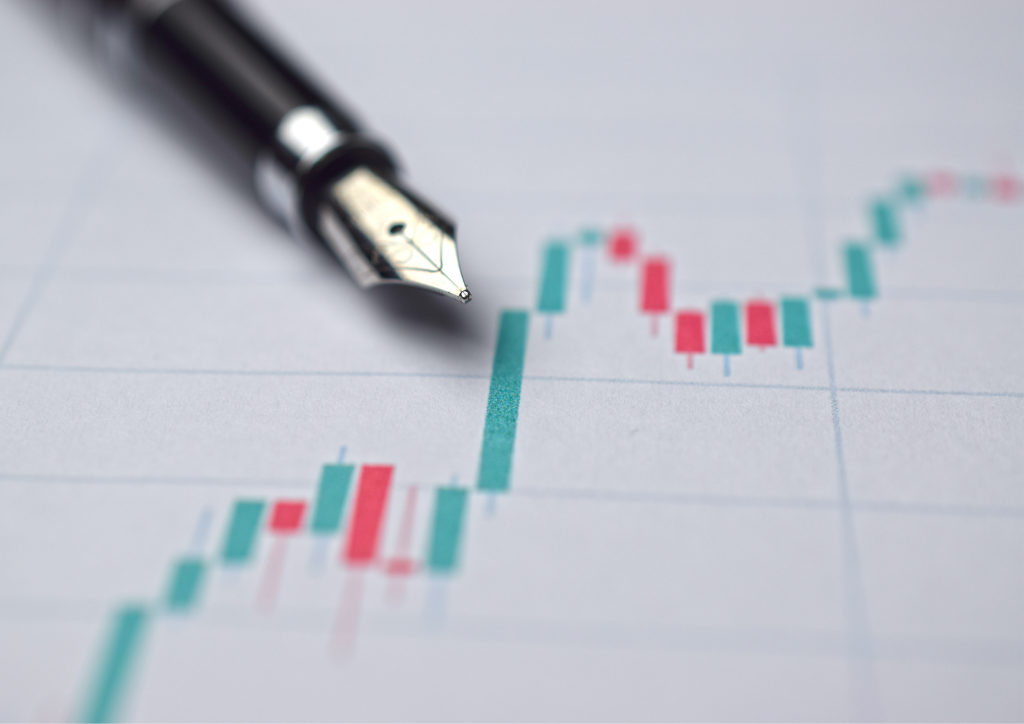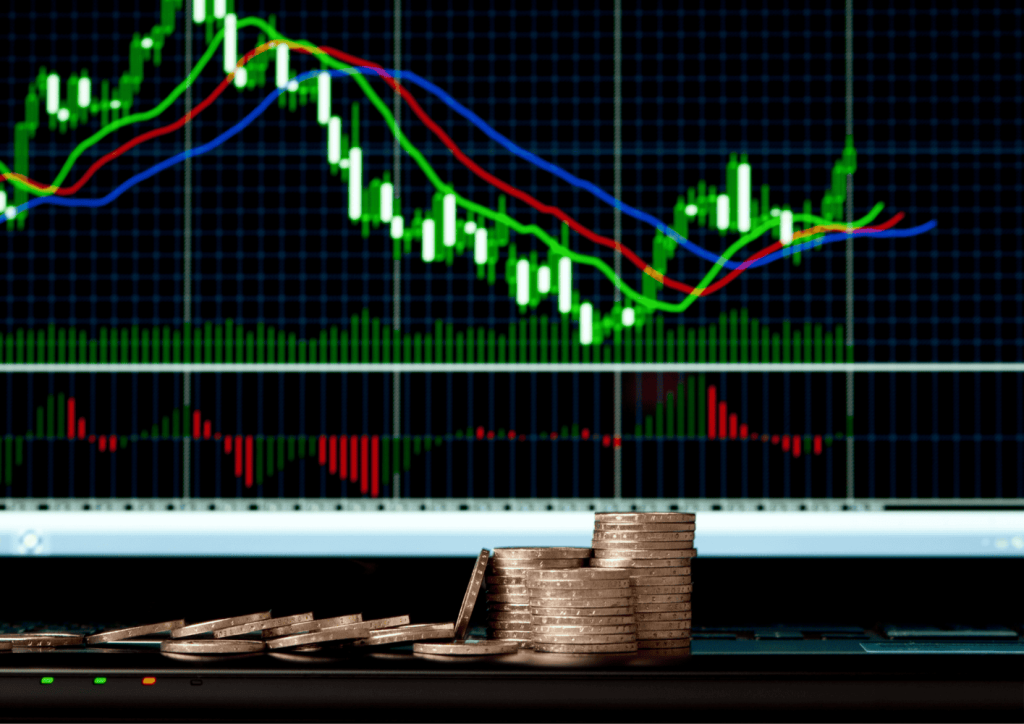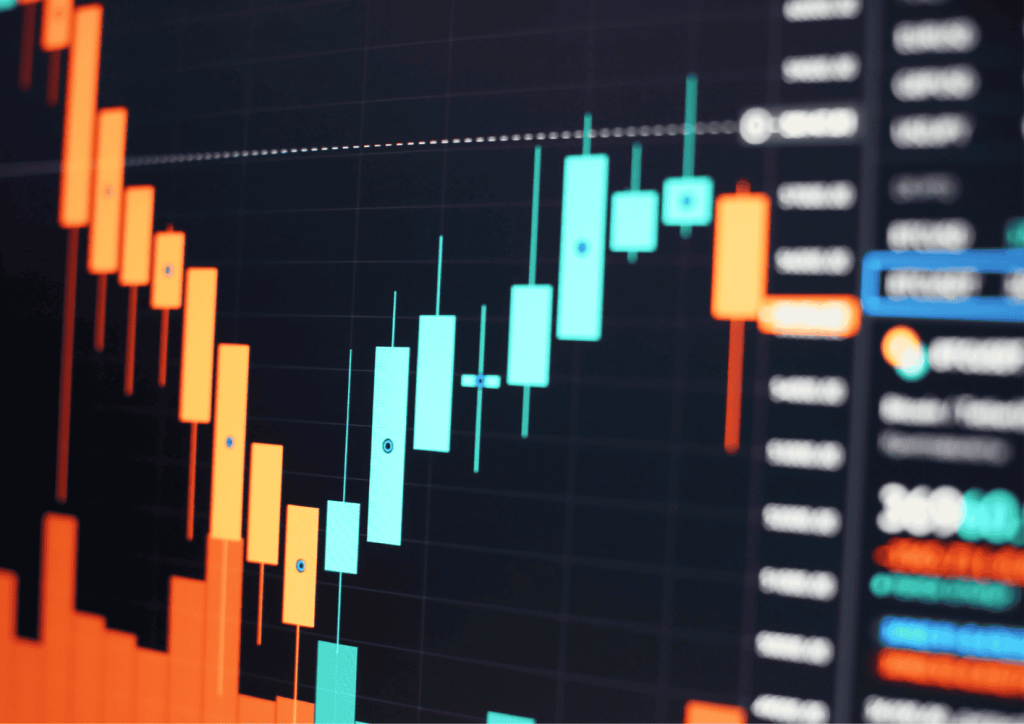Moving averages are fundamental components in Forex trading, serving as critical tools for analyzing market trends and making informed trading decisions. By averaging currency price data over a specific time frame, these indicators smooth out price fluctuations, offering a clearer view of the market direction. There are primarily two types of moving averages used in Forex: the simple moving average (SMA), which assigns equal weight to all price points, and the exponential moving average (EMA), which gives more weight to recent prices, responding more quickly to price changes. Both types play a pivotal role in technical analysis, enabling traders to discern potential trend direction, support and resistance levels, and even predict price direction.
In the realm of Forex trading, moving averages are more than just mathematical formulas; they are essential technical indicators that help traders interpret market movements. The SMA offers a straightforward approach, focusing on the average price over a chosen period, thus reflecting the market’s consensus over that time frame. On the other hand, the EMA prioritizes recent price data, making it more sensitive to new market information and quicker to signal price action changes. These indicators, when used in conjunction with other technical tools, can significantly enhance the analysis of currency price charts, aiding traders in making strategic decisions based on well-informed trend assessments.
Understanding Simple and Exponential Moving Averages

The Simple Moving Average (SMA) is a fundamental technical tool in Forex trading, calculated by adding the closing prices of a currency pair over a set number of time periods and then dividing this total by the number of periods. This method gives equal importance to each price point within the time frame, providing traders with a smooth line that represents the average price over the selected period. The SMA helps in identifying trend direction and price fluctuations, making it a valuable indicator for long-term market analysis and decision-making.
In contrast, the Exponential Moving Average (EMA) assigns more weight to recent data points, making it more responsive to new price changes. The calculation of EMA involves a more complex formula, incorporating the previous EMA value and giving a higher significance to the latest prices. This characteristic of the EMA makes it particularly useful for traders looking to identify short-term price trends and potential market reversals. Both SMA and EMA provide insights into the average closing price of currency pairs, yet their distinct approaches to weighting price data offer different perspectives, catering to varied trading styles and strategies.
Also Read: Simple Moving Average Trading Strategy • Does it work?
The Significance of Time Periods in Moving Averages

Choosing the right time period for moving averages in Forex trading is crucial, as it significantly impacts the indicator's sensitivity and the type of analysis it offers. Shorter time periods in moving averages, like a 10-day SMA or EMA, make the average more sensitive to recent price changes, reflecting short-term market trends. Conversely, longer time periods, such as a 50-day or 200-day moving average, provide a broader view of the market's overall direction, smoothing out short-term volatility and highlighting long-term trends. The selection of the time period should align with the trader’s investment strategy and time frame, as it directly influences the technical indicators' effectiveness in predicting price movements and identifying trend reversals.
The previous period’s EMA value plays a significant role in calculating the current EMA, particularly in shorter time frames. This reliance on past data points means that recent price actions have a compounded effect, making EMAs exceptionally responsive to new market information. In contrast, longer-period EMAs are less influenced by recent data, offering a more stable view of the market. This characteristic of EMAs highlights the importance of data point selection in determining the EMA's sensitivity and usefulness. Traders must understand how the choice of time periods and data points affects their technical analysis, as it can significantly influence trading decisions and the ability to anticipate market movements effectively.
Moving Averages as Technical Indicators

Moving averages serve as pivotal technical indicators in Forex market analysis, providing traders with a streamlined view of market trends. By smoothing out price fluctuations, these averages allow traders to see beyond the noise of short-term volatility, revealing the underlying price trend. Whether it's an upward trend indicated by prices staying above the moving average line, or a downward trend suggested by prices falling below it, moving averages offer a clear, visual means to identify the market's direction. This capability is invaluable in technical analysis, helping traders make informed decisions by understanding the current market sentiment and potential future movements.
Additionally, moving averages play a crucial role in identifying support and resistance levels in the Forex market. These levels are pivotal points where the market price tends to find resistance or support, and moving averages can often act as these key thresholds. For instance, a moving average can serve as a support level in an upward-trending market, where prices might bounce back up after touching the moving average line. Conversely, in a downward trend, it can act as a resistance level, where prices might struggle to break above the moving average. This dual function of moving averages as trend indicators and markers of support and resistance makes them essential tools in the arsenal of Forex traders, aiding significantly in market prediction and strategy formulation.
Advanced Concepts: Weighted and Multiple Moving Averages
In Forex trading, Weighted Moving Averages (WMAs) and their application offer a nuanced approach to market analysis. Unlike SMAs or EMAs, WMAs assign a greater weight to more recent prices, believing that the latest data points are more relevant in predicting future market movements. This weighting approach means that WMAs react more swiftly to price changes, making them ideal for traders who focus on short-term market trends and wish to capitalize on quick market movements. Their sensitivity to recent price actions allows for more precise timing in trading decisions, especially in volatile market conditions.
Moreover, utilizing multiple moving averages in tandem provides a more comprehensive analysis of market trends and potential turning points. By comparing short-term moving averages (like a 10-day SMA or EMA) with longer-term moving averages (such as a 50-day or 200-day average), traders can gain insights into both immediate and overarching market directions. This juxtaposition allows traders to identify potential buy and sell signals, especially when shorter averages cross above or below longer ones, signaling trend reversals. The strategic use of both short and long-term averages helps in balancing perspectives, providing a more rounded view of the market that considers both recent price actions and longer-term trends, crucial for well-rounded market strategies.
Moving Averages in Trading Strategies

Incorporating moving averages into trading strategies is a widely practiced technique among Forex traders, particularly through the use of moving average crossovers to generate trading signals. A crossover occurs when a short-term moving average, such as a 10-day EMA, crosses above or below a long-term moving average, like a 50-day EMA. This movement often signals a potential change in the market trend, where a crossover above may indicate a buy signal (an upcoming upward trend), and a crossover below could suggest a sell signal (a potential downward trend). This method is highly valued for its simplicity and effectiveness, enabling traders to make timely decisions based on clear, technical indicators.
Additionally, price action in relation to average lines plays a critical role in market forecasting. When the price of a currency pair consistently stays above its moving average, it often indicates bullish sentiment, suggesting an upward price direction. Conversely, if the price remains below the moving average, it can reflect bearish sentiment and a likely downward trend. Utilizing moving averages for price direction prediction offers traders a more grounded approach to deciphering market trends, aiding in risk management and the formulation of effective trading strategies. This analysis, based on historical price data, provides a foundation for traders to anticipate future market movements and align their strategies accordingly.
Practical Tips for Using Moving Averages in Forex

To effectively incorporate moving averages into your Forex trading strategy, it's essential to understand their strengths and limitations. First, select the type of moving average that aligns with your trading style: the SMA for a balanced view or the EMA for more weight on recent price actions. Then, choose the appropriate time frame — shorter periods for short-term trading and longer periods for long-term analysis. It's crucial to use moving averages as part of a holistic trading approach, combining them with other technical indicators like RSI or MACD for confirmation of trends and potential reversal points. Remember, moving averages are trend-following tools and work best in markets with a clear direction, rather than in sideways-moving markets.
In addition to technical indicators, it's important to balance your analysis with fundamental factors. While moving averages provide insights based on past price data, incorporating fundamental analysis — like economic indicators, political events, and market news — offers a comprehensive view of the market. This combined approach helps in making more informed trading decisions. Furthermore, be adaptable to different time frames and trading objectives. If you are a day trader, focus on short-term moving averages, whereas long-term investors might rely more on longer-term averages. By adjusting your strategy to align with your trading goals and market conditions, you can use moving averages more effectively, enhancing your ability to capitalize on market opportunities.
Conclusion
Moving averages stand as indispensable tools for Forex traders, providing crucial insights into market trends and potential future movements. Their ability to smooth out price fluctuations and highlight underlying trends makes them invaluable in both technical analysis and strategic decision-making. Whether it’s the SMA for a balanced perspective or the EMA for a focus on recent price actions, these indicators help traders navigate the complexities of the Forex market with more confidence. The use of moving averages, especially when combined with other technical and fundamental analyses, enables traders to make more informed predictions about price direction and market behavior.
Moreover, the journey of mastering moving averages in Forex trading is one of ongoing learning and application. As market conditions evolve, so should the use and interpretation of these tools. Traders are encouraged to continuously refine their strategies, adapting to both short-term and long-term investment objectives. Moving averages, while powerful, are not standalone solutions; they work best when used in conjunction with a comprehensive understanding of the market. Therefore, a commitment to continuous learning and the adaptation of strategies in line with changing market dynamics are key to maximizing the benefits of moving averages in Forex trading.
Also Read: 50 Day Moving Average | Full Guide & Strategies
FAQs
What is a Moving Average in Forex Trading?
A moving average is a technical analysis tool that helps smooth out price data over a specified time period, giving traders a clearer view of the trend direction. In Forex trading, it calculates the average price of a currency pair over a chosen period, like 10, 50, or 200 days. This average is then plotted on a price chart, providing a visual representation of the market’s trend over time. Traders use moving averages to identify potential trend directions, support and resistance levels, and generate trading signals, especially through methods like moving average crossovers.
How Do You Choose the Right Moving Average?
Choosing the right moving average in Forex trading depends on your trading style and objectives. For short-term traders, a shorter time period like a 10-day EMA (Exponential Moving Average) is ideal as it is more responsive to recent price changes. For long-term trend analysis, a longer period, such as a 50-day or 200-day SMA (Simple Moving Average), is better as it smooths out short-term fluctuations and reflects the overall trend. The key is to align the type of moving average and its time frame with your trading strategies and the market conditions you are analyzing.
Can Moving Averages Be Used for All Types of Trading Strategies?
Yes, moving averages can be adapted for various trading strategies, from day trading to long-term investments. For short-term trading, traders might use moving averages with shorter time frames to capture quick market movements. In contrast, for long-term investment strategies, longer time frames are used to identify and follow major trends. However, it’s important to remember that moving averages are trend-following indicators and work best in markets with a clear direction. They should be used in conjunction with other technical and fundamental analyses for a more robust trading strategy.

















